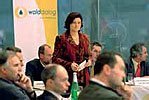Friday evening, the Evergreen forestry enterprise’s media spokesperson’s cell phone rings. It is the editor of the “Bush” radio station. On Sunday a big storm is coming and he needs to interview someone “from the forest” for a breakfast radio programme at 8.00am on Monday morning. And how would you respond to this question? If you can answer with “No problem, I know someone” then you will probably find nothing new here. But if your answer is “No comment” then please read on…
Why crisis communication?
Most forestry crises are not of interest to the general public. But others, such as supra-regional storms and large forest fires, can provoke great interest and stir up emotions. Along with specific forestry crises, fraud, mismanagement or accidents can similarly trigger increased attention from interest groups and the public. If communications are discontinued in dicey situations or a flippant “No comment” is given to media correspondents, it gives the impression that something is being hidden. Moreover, according to the State Press Law, authorities are obligated to provide information to the press. By acting passively one leaves the field open to others and has absolutely no influence on how the event is reported.
Critical situations occur again and again. Often unexpected, sometimes gradual, all types of crises require communicating. Trust, credibility and transparency are important components of cooperating and coexisting with the public, customers and partners as well as with ones own staff. These virtues can be easily squandered by the wrong message or action or providing information too late. Therefore, communication in a crisis requires clear lines of responsibility and competency and must be consistent, open and honest.
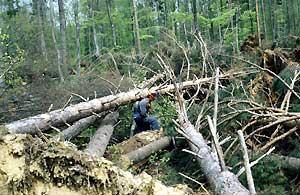
Fig. 1: Storm thrown timber. Now what? Photo: FVA
Goal of crisis communication
The goal of crisis communication is to provide rapid, honest and transparent information to the public, media, customers, partners and ones own staff. By means of active and proactive reporting, we shape and control the information and opinion forming process ourselves. Trust and credibility is retained and strengthened through appropriate actions. With passive and defensive behaviour, or if there is no reporting at all, then “third parties” deliver the relevant information and others shape public opinion. This passive attitude puts one under pressure to provide correct information or to justify oneself instead of setting the tone oneself.
The progress and perception of crises
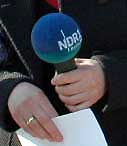
Fig. 2: Don’t be afraid of the
microphone. Photo: FVA/Kaulfuß
Basically all crises run a similar media course. At the onset of a crisis, there is a great deal of interest within the first week. In this first phase the media, in part, reports with sensational headlines. When there is a lot of interest, this is followed by background reports about the issue. If conflicting statements or a “crisis” in the crisis management appears during this phase (about 2 weeks), then these are given a lot of attention, the media investigates further and the crisis phase is extended.
Afterwards interest gradually wanes. At this point the media reports on background information and the consequences of the event. Then the topic disappears again from the media or only appears in specialist magazines.
Literature
- Bundesministerium des Inneren (2008): Krisenkommunikation – Leitfaden für Behörden und Unternehmen. 1. Aufl.
- Bachhofer, M.; Freidhager, R. (1995): PR-Wegweiser für Forstleute. Österreichische Bundesforste.
Forest Crises Management Advisory Guide
Back to the main page of the Forestry Crisis Management Advisor Guide: Overview of the different topic collections
Back to the article overview in the: Crisis Management Topic Collection

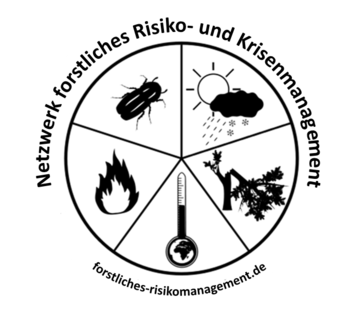
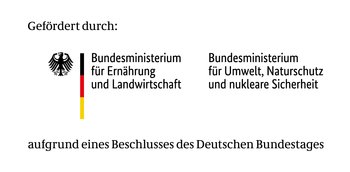
![[Translate to English:] [Translate to English:]](/assets/_processed_/5/a/csm_fva_krisenkommunikation_kk2_abb3_bdfae440db.jpeg)
![[Translate to English:] [Translate to English:]](/assets/lernen/oeffentlichkeit/fva_sturmhandbuch_oeffentlichkeitsarbeit/fva_sturmhandbuch_oeffentlichkeitsarbeit_1.jpeg)
![[Translate to English:] [Translate to English:]](/assets/_processed_/f/a/csm_fva_waldbrand_wb4_3_waldbegang_c0d6a98eea.jpeg)
![[Translate to English:] [Translate to English:]](/assets/_processed_/1/2/csm_fva_personalmanagement_sturmholzaufarbeitung_7_abb1_35a4c43112.jpeg)
